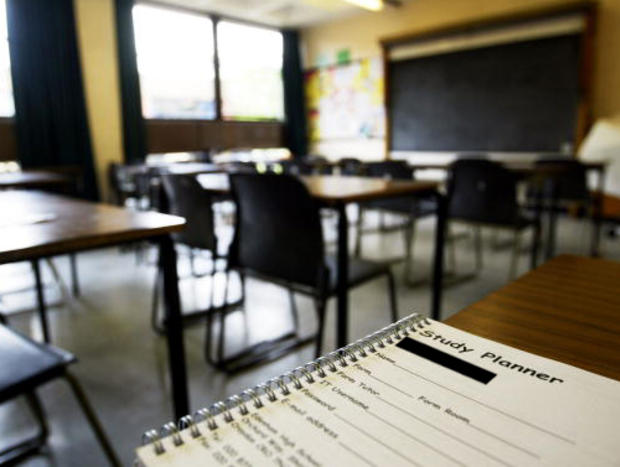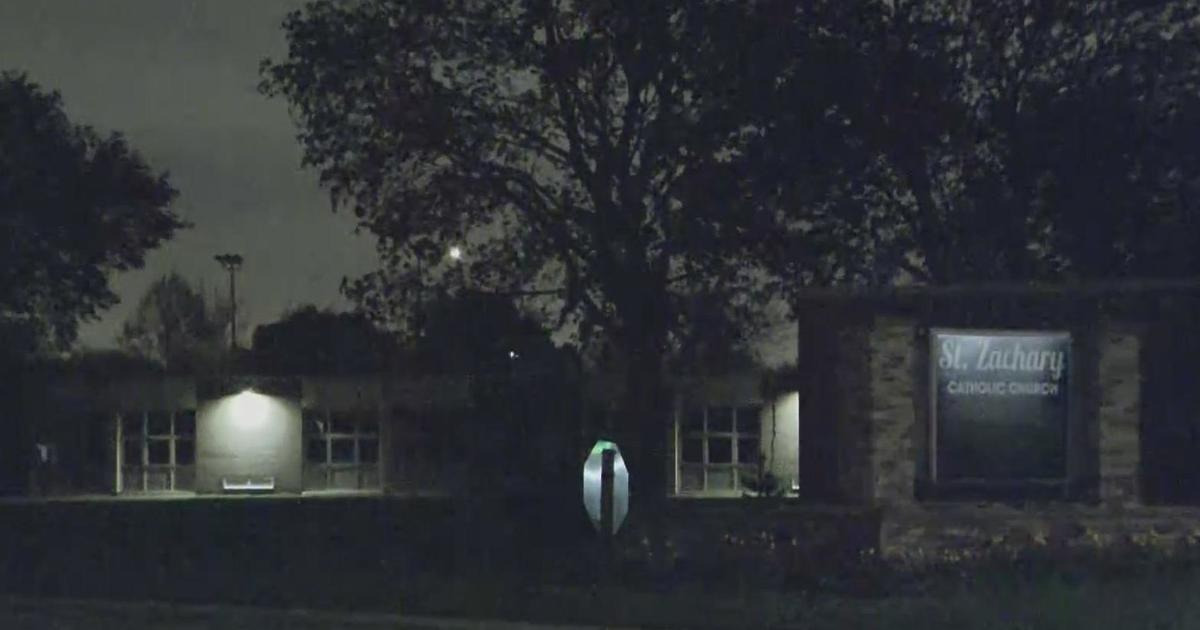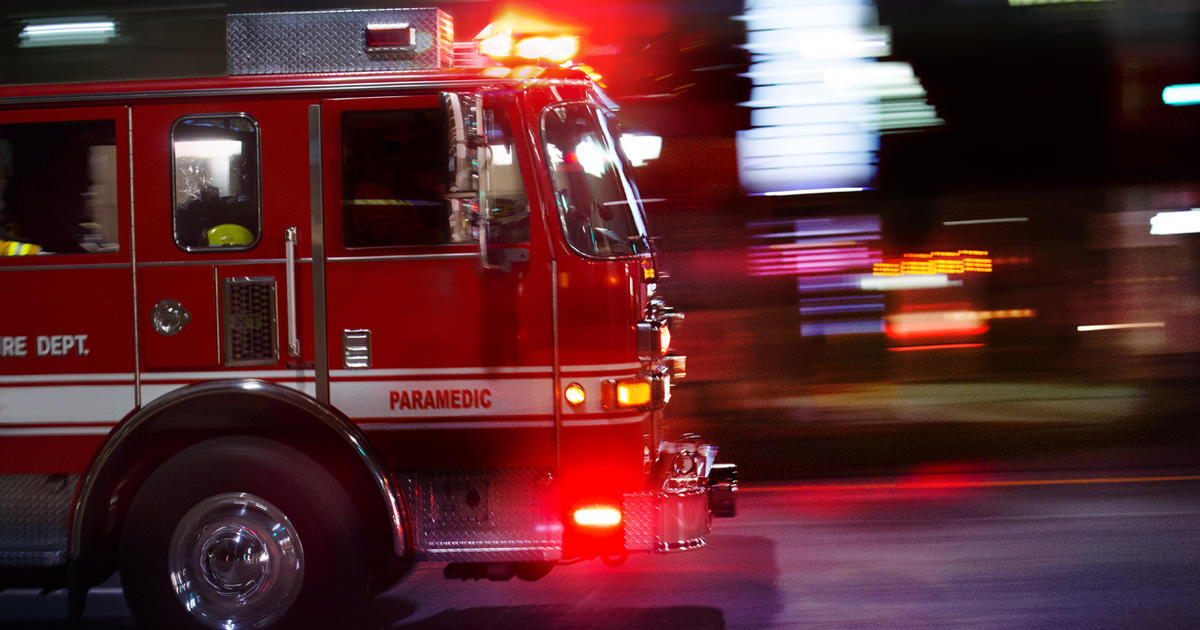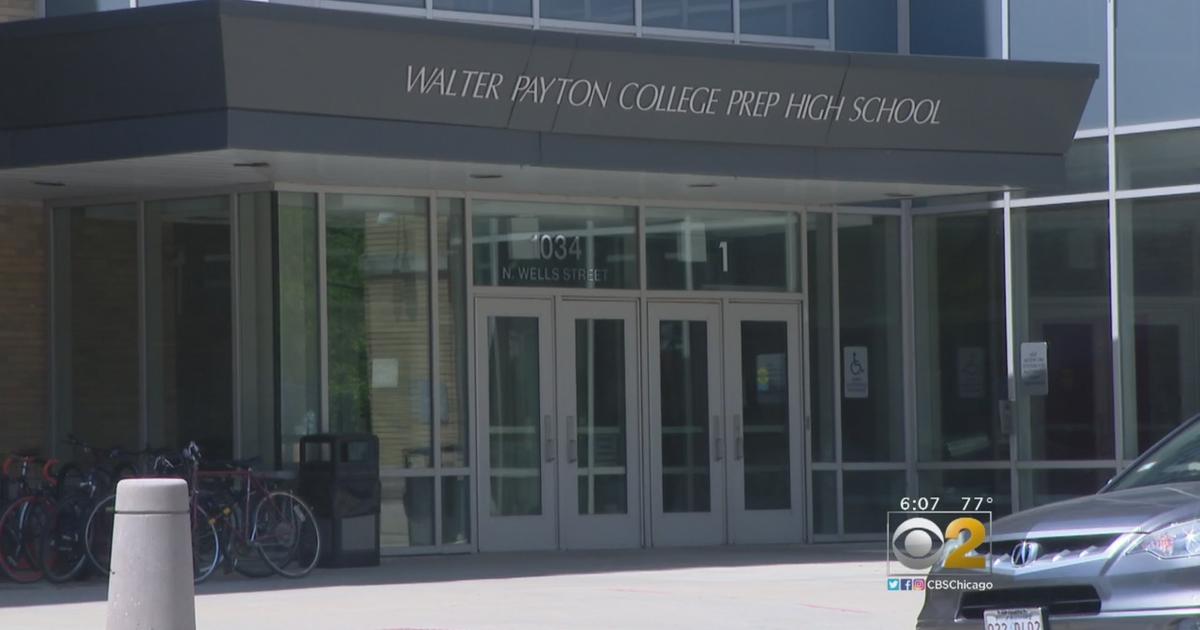Growing Diversity Shaping Schools Across Fox Valley
AURORA (CBS)-- The student body scurrying through crowded hallways during passing periods at Oswego's two high schools does not look the same as it did 20 years ago.
For one, it's huge.
Just 1,230 students filed through the halls of Oswego High School in the fall of 1989.
Since then, the population of Oswego has exploded, mostly with new construction that has attracted young families. Oswego East was built in 2005 to accommodate the growth — with more than three times the number of students — 4,090 students in the two schools together in the 2009-10 school year.
But there's another trend emerging in Oswego and the other schools districts around the Fox Valley aside from rapid growth: rapid diversification.
Twenty years ago, just 5 percent of the students at Oswego High School were non-white. Today, more than a third of students, 37 percent, at the two Oswego high schools characterize themselves as non-white.
At Oswego East High School, nearly half of the student body is non-white.
More importantly, black and Latino students in the district — and in districts around the region, including Indian Prairie, East and West Aurora, Batavia and Yorkville — are lagging behind their peers in academic achievement.
Last year, the Oswego School District failed under federal No Child Left Behind guidelines in part because while its white and Asian student earned high marks on standardized tests, its Latino, black and mixed race students did not.
Examining racial change school data at more than 2,200 schools compiled by Chicago NPR station WBEZ as part of its Race Out Loud series, reporters from The Beacon-News and its sister papers The Courier-News in Elgin and the Naperville Sun found the changing face of the classroom has its benefits and its challenges.
Growing diversity, say administrators, teachers, parents and students, brings with it expanded learning opportunities, the chance for students to gain a broad perspective of their world and to learn from another's experiences. But it also brings with it a host of challenges, namely how to teach ever-evolving groups of kids with different backgrounds, experiences and ways of understanding the world.
Demographic change
Illinois' second-largest city is also one of its most diverse.
Nearly a quarter of the Aurora's residents, 24.8 percent, were born in other countries.
And though Aurora has always made a point of celebrating its diversity — part of the city's 175th anniversary programming has included spotlights on the legacies of German, Greek, Hispanic and other immigrant communities — the 2010 Census marked the first time that white residents no longer constituted a racial majority in the city.
Latinos make up 41.3 percent of Aurora's population, outpacing non-Hispanic whites who account for 39.9 percent of the city's population, according to the 2010 Census. African-Americans account for 10.7 percent, and Asian-Americans 6.7 percent.
Even more telling is the racial makeup of those students in the East and West Aurora schools. Just 38 percent of West Side and 6 percent of East Side students were white in 2009-10, indicating that Latino and Asian-American populations in the city are young.
Change is afoot outside of Aurora: In Sugar Grove and Elburn, which are served by the Kaneland School District, the population is still nearly 90 percent white. But the future can be seen in the schools: only 82 percent of students across the district are white, with populations of Latino and Asian students growing in number, the result of new families with young children moving in search of good schools.
It's a similar story in Oswego — the village population is still 78 percent white, but its students in the Oswego School District are 63 percent white.
That the Oswego district serves parts of Aurora and Montgomery accounts for only part of the change. While older parts of the district near downtown Oswego are still largely white, young Latino and Asian families took advantage of the building boom of the last decade, and the newly built Oswego East High School boasts the most diverse student body among high schools in Kendall County.
Access to jobs
What's drawn new Hispanic residents to the Fox Valley is the same thing that drew German immigrants to the area more than a century ago. That's "access to good jobs," says Richard Greene, an associate professor of geography at Northern Illinois University.
Elgin — which has also experienced huge growth in its Latino population — and Aurora both historically have been strong industrial cities, Greene said. Aerial maps from the 1930s show populations centered in Chicago, then in cities like Elgin, Aurora and Joliet that were "independent of Chicago, but certainly still influenced by Chicago," he said.
Today, that population has "coalesced," spreading from Chicago out into the suburbs. But it still is dense in both Elgin and Aurora, which "still have many jobs in traditional manufacturing and they depend on nearby working-class neighborhoods for their labor supply," Greene said.
More recently, Naperville also has become a job center, experiencing a population explosion that "came with high tech industry that is being developed there," Greene said. That also came with an influx of new Asian residents, he said, who are moving into quickly growing areas like northern Will and Kendall counties.
School changes, too
The new faces, however, mean new challenges for school leaders, who must address the needs of different students.
"The staff here is not very diverse," laments Dan Pietrus, a West Aurora High School social studies teacher and adviser for the school's Multicultural Club. "That's not anybody's fault, but it does mean that we have to bring in other sources to help me understand my students and to help them understand themselves and their culture."
Education experts agree that such rapid diversification means that schools need to take a different look at teaching, much the way Pietrus describes.
"Teachers need to examine their own culture and learn about the cultures of the students who come into their classrooms," said Mayra Daniel, associate professor and bilingual coordinator in the department of literacy education at Northern Illinois University. Those teachers need to view "the knowledge (students) bring to these schools as positive rather than negative," she said.
Daniel also stressed engaging students in ways that are not "superficial." That means, she suggested, not just reading a book with a token Asian character, for example, but incorporating a book about the Yangtze River in China into the class study of rivers, she said.
Schools also need to take ownership of all students in their school buildings, including English Language Learners, she said.
"Our schools are no longer monolingual, monocultural entities," she said. "We want to wipe out this idea that in order to succeed in the U.S., you have to melt into this pot. We are a diverse nation that is becoming more diverse every day. Instead, we're a salad bowl where all the little pieces contribute to creating a greater flavor."
Different approaches
But the ways in which districts approach the changes vary as much as their student bodies.
The Naperville School District adopted a Diversity Plan as far back as 1996, outlining goals for adding diverse teaching staff, for developing curricula that addresses issues of race, racism and a more worldwide perspective, and training teachers in cultural competency.
West Aurora has taken a community-based approach, integrating Aurora-based nonprofit organizations into schools. The district works with agencies like Family Focus, World Relief and other community leaders and cultural groups to bring resources to children.
"We're going to do things together," said West Aurora Superintendent James Rydland. "People ring their hands because of our diversity — I don't know what that word means. We're a stronger community, a better community because we're more reflective of the nation as a whole."
Oswego School Superintendent Matthew Wendt said that "addressing the growing diversity in District 308 has been a priority." He cited a 2006, Board of Education-approved strategic plan that included a specific section and committee dedicated to addressing diversity in the district.
"That 5-year plan concluded last school year and the district is currently instituting a new strategic planning task force that will evaluate what progress had been made to date, and set a path for continued improvement in the future," Wendt said.
A multicultural parents council — active at most school districts, including East and West Aurora and at Indian Prairie schools — has been on hiatus in the Oswego district since a new administration took over this summer and likely won't be up and running again until the district begins its strategic planning process.
Regardless, diversification is a trend to which administrators and teachers will likely pay close attention, because it shows no sign of slowing down.
In the Oswego School District, the most diverse age groups are its preschoolers and kindergartners.
At the district's Brokaw Early Learning Center, which serves a mix of at-risk, developmentally delayed and tuition-paying students, less than half of the 450 students were white in 2009-10. A quarter of students were Hispanic, with Asian and black students making up the remainder.
"Demographic change and special education, those are the things that are going to shape American education in the future," Pietrus said.
(Source: Sun-Times Media Wire © Chicago Sun-Times 2012. All Rights Reserved. This material may not be published, broadcast, rewritten, or redistributed.)




